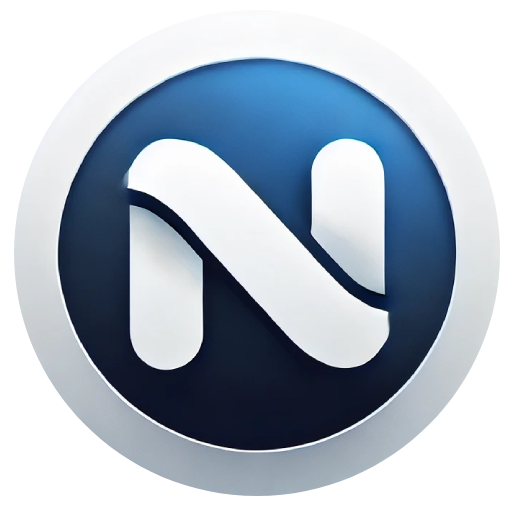This article is based on a talk I gave to the design team at , a Brazilian financial services company, and draws on content I’ve developed for my courses on design languages applied to products.
I’ve dedicated my time to studying and analyzing design languages to understand their nuances and implications. It’s a complex topic, as it intersects with multiple areas of design, such as branding, semiotics, visual semantics, user interface, HCI, user experience, and others. Throughout this article, I aim to explore the subject from both an academic and practical perspective, combining theory with hands-on professional experience.
From a semantic perspective, language is the system through which humans express ideas and emotions, whether through speech, writing, or other conventional signs (Miguens, 2007). Just as verbal and written communication follow rules and structures to ensure clarity and avoid ambiguity, interface design also relies on equivalent principles. We apply this understanding when designing visual systems that communicate with users in a consistent, efficient, and meaningful way.
The term design language, also known as design vocabulary, refers to a set of predefined…
